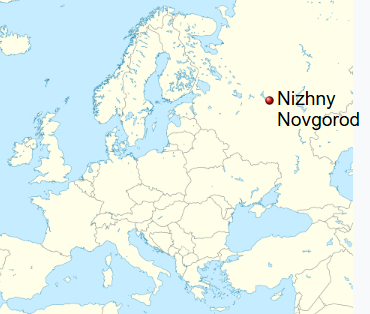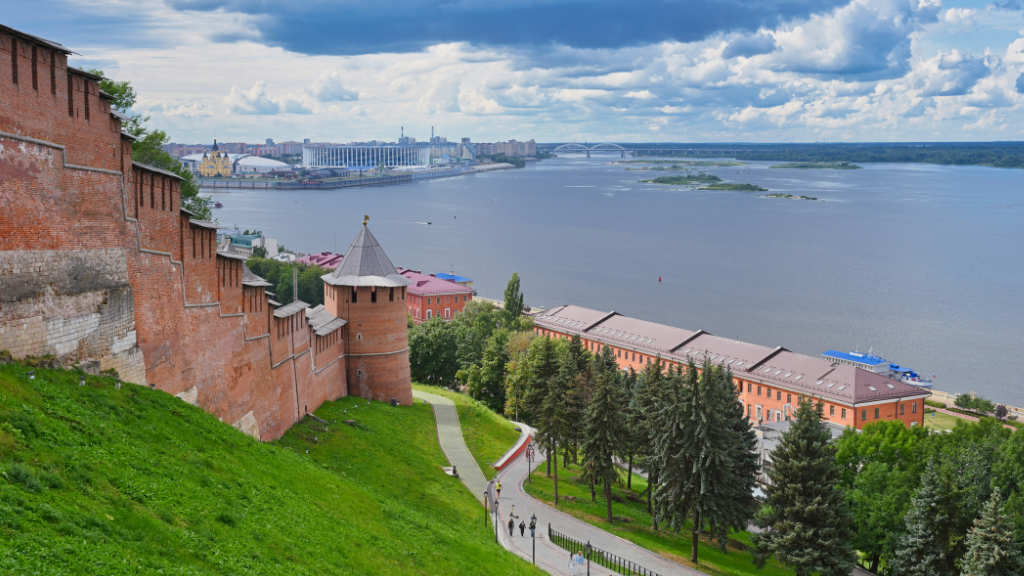The government’s interdepartmental working group on the creation and development of Russian Special Economic Zones (SEZ) has approved expanding the Kulibin SEZ in the Nizhny Novgorod Region, with a river port and new production facilities being planned, according to the regional government.
The Kulibin SEZ currently has a site in Dzerzhinsk, while the additional 117.7-hectare site will be located in Bor. After the expansion, the SEZ will increase over 15% in size to cover 842 hectares.
Ten companies operating in metalworking, logistics, and the agro-industrial complex have signed letters of intent to implement investment projects at the new site.
Nizhny Novgorod Region Governor Gleb Nikitin stated that “A distinctive feature of the Bor site will be a multimodal port. We expect it to boost river freight volumes significantly and enable Nizhny Novgorod companies to access international markets via the Caspian Sea and the Black Sea basin.”
This is indicative of the massively shifting supply chains currently taking place in Russia, where entire cities and regions are now being primed to integrate into Asia rather than European logistics.
Nizhny Novgorod is the sixth-largest city in Russia and the second-most populous city on the Volga River, which, at 3,500 km in length, is the largest in Europe. The city is located 420 km east of Moscow, has an urban population of about 1.7 million, and is an important economic, transportation, scientific, educational, and cultural center in Russia and the vast Volga-Vyatka Economic Region. This is one of twelve economic regions in Russia and accounts for about 3% of Russia’s total GDP.

Historically, the city retained close trade links with Europe, with the dominant economic activities of the region being petrochemical, automotive, metallurgy, and I.T., with significant previous investment from European and particularly German manufacturers. That now has changed, and the investment environment has radically altered. However, given that the Volga River empties into the Caspian Sea at Astrakhan, this has motivated cities and regions such as Nizhny Novgorod to integrate with markets to the East—and to become part of the International North-South Transport Corridor. Instead of access to Europe, Nizhny Novgorod now has access to considerably larger and friendlier markets in Central Asia, the Middle East, Turkiye, Iran, India, and China. It is for this reason that the Kulibin SEZ will create a new multimodal river cargo port.
Further illustrating this is that inland waterways cargo transportation via Russia’s Volga and Don rivers in 2024 reached 13.5 million tonnes, 29% more than in 2023. To put that in perspective, the River Thames in the UK carried 3.06 million tonnes of inland cargo that same year.
The Kulibin SEZ preferential terms reduce income tax rates for its residents from 25% to 2% for the first five years after receiving their first profit, to 5% for the next five years, and 14.5% thereafter. It also provides 0% rates for property, land, and transport taxes.
Further Reading
Astrakhan Port’s INSTC Integration Into Global Markets: Updates





